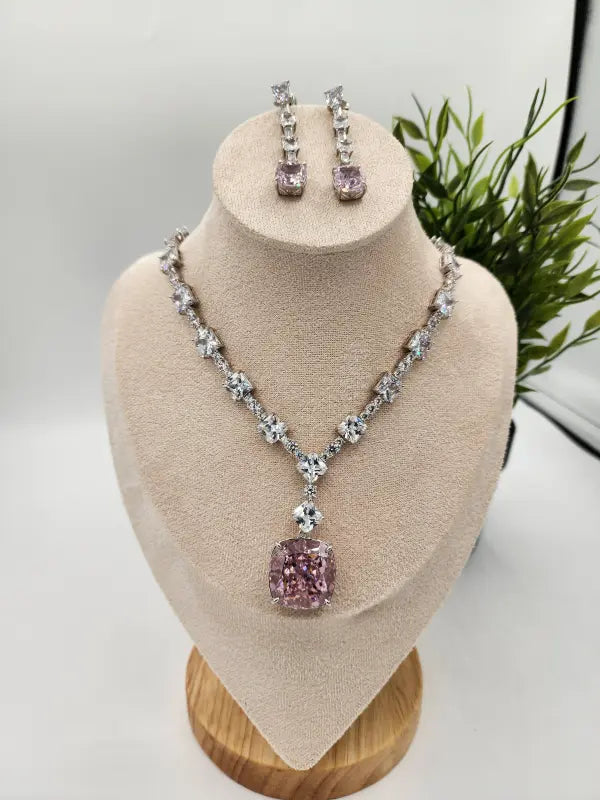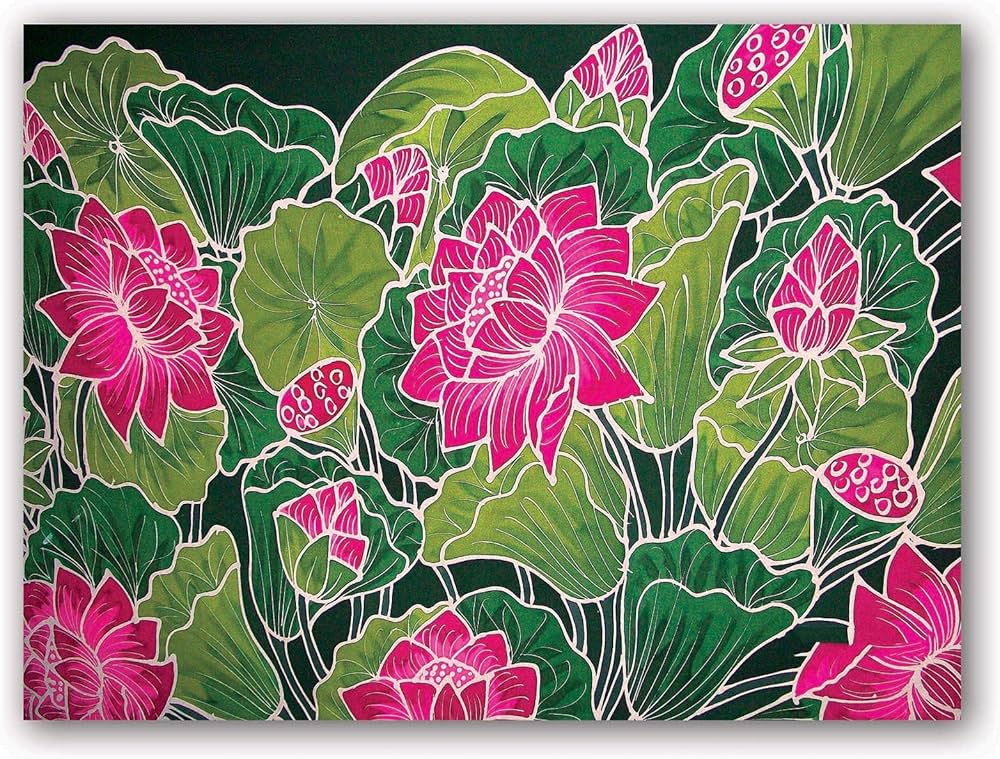Warli art is a unique tribal mural art form practiced by the Warli tribe from the North Sahyadri Range in Maharashtra, India. This traditional art form captures the essence of everyday life and embodies the core values and cultural heritage cherished by the Warli community. Through its vivid and expressive visual language, Warli art offers a deep insight into the tribe's beliefs, daily activities, and connection with nature.
Historical Roots and Cultural Significance

Warli paintings are believed to date back to around 3000 BC, although they were not widely recognized until the 1970s. The art form was traditionally practiced on mud walls using natural pigments and rice paste. Warli artists used their clay huts as canvases, much like ancient cave paintings. The motifs in Warli art include scenes from daily life, nature, and rituals, reflecting the tribe's deep respect for the natural world and their traditional way of life.
Traditional Techniques and Materials

Warli paintings are characterized by their simplicity and monochromatic style. The traditional technique involves creating intricate designs using a white paste made from rice flour, water, and gum on a red ochre background. This background is prepared using a mixture of earth and cow dung. Artists use chewed bamboo sticks as brushes to apply the white paste, creating detailed patterns and motifs.
Raw Materials
- Background: Mud walls coated with a mixture of cow dung and geru (red ochre).
- Paint: White paste made from rice flour and water, with natural dyes for color variations.
- Brushes: Chewed bamboo sticks, used to create fine lines and details.
Common Themes and Symbolism

Warli art primarily depicts everyday activities such as hunting, fishing, and farming. The central motifs often include:
- Human Figures: Represented by two triangles and a circle, symbolizing different aspects of life.
- Nature: Elements like trees, animals, and birds are depicted to showcase the tribe's connection to nature.
- Festivals and Rituals: Scenes from festivals like Diwali and Holi, and rituals such as weddings and harvest celebrations.
The Circle, Triangle, and Square
The basic shapes used in Warli art—circles, triangles, and squares—are derived from observations of nature. The circle represents the sun and moon, triangles denote mountains and trees, and squares often symbolize sacred spaces or enclosures.
The Evolution of Warli Art

In the 1970s, Warli art underwent a transformation when artists like Jivya Soma Mashe began to create paintings outside of traditional rituals. This period marked the beginning of Warli art's transition into the contemporary art world. The introduction of modern paints and tools expanded the scope of Warli art, allowing it to be adapted for various uses beyond traditional wall paintings.
Modern Adaptations
Warli art has found its way into home décor, fashion, and public art installations. Today, it adorns a wide range of products, including textiles, ceramics, and fashion items. Warli motifs are now commonly seen on sarees, kurtis, and accessories, showcasing the art form's versatility and appeal.
Cultural and Social Reflections
Warli art serves as a visual representation of the tribe's social structure, daily routines, and respect for nature. The art form encapsulates the tribe's values, beliefs, and connection to the environment, offering a window into their way of life and cultural heritage.
Conclusion
Warli art is more than just a tribal painting style; it is a vibrant expression of the Warli tribe's cultural identity and connection to nature. From its traditional roots to contemporary adaptations, Warli art continues to thrive and evolve, bridging the gap between ancient traditions and modern aesthetics. As it gains international recognition, Warli art remains a testament to the enduring beauty and significance of tribal art in the global cultural landscape.
FAQs
1. What is Warli art?
Warli art is a traditional tribal mural art form created by the Warli tribe in Maharashtra, India. It features simple, monochromatic designs painted on mud walls, depicting daily life, nature, and community rituals using natural colors.
2. What materials are used in Warli painting?
Warli paintings are made using a white paste of rice flour mixed with water and gum, applied on a red ochre background of mud and cow dung. Brushes are typically made from chewed bamboo sticks.
3. How is Warli art different from other tribal art forms?
Unlike many Indian tribal art forms that use bright colors and elaborate designs, Warli art is characterized by its use of white on a natural red background and focuses on everyday activities and nature rather than mythological themes.
4. What themes are commonly depicted in Warli paintings?
Common themes include daily activities such as hunting, fishing, and farming, as well as community rituals, festivals, and nature. The art often features simple geometric shapes and patterns to represent various elements of life and nature.
5. How has Warli art evolved over time?
Warli art has evolved from traditional mud wall paintings to being displayed on various modern mediums like fabric, paper, and home décor items. Its unique style has gained international recognition and is now featured in fashion and lifestyle products.




